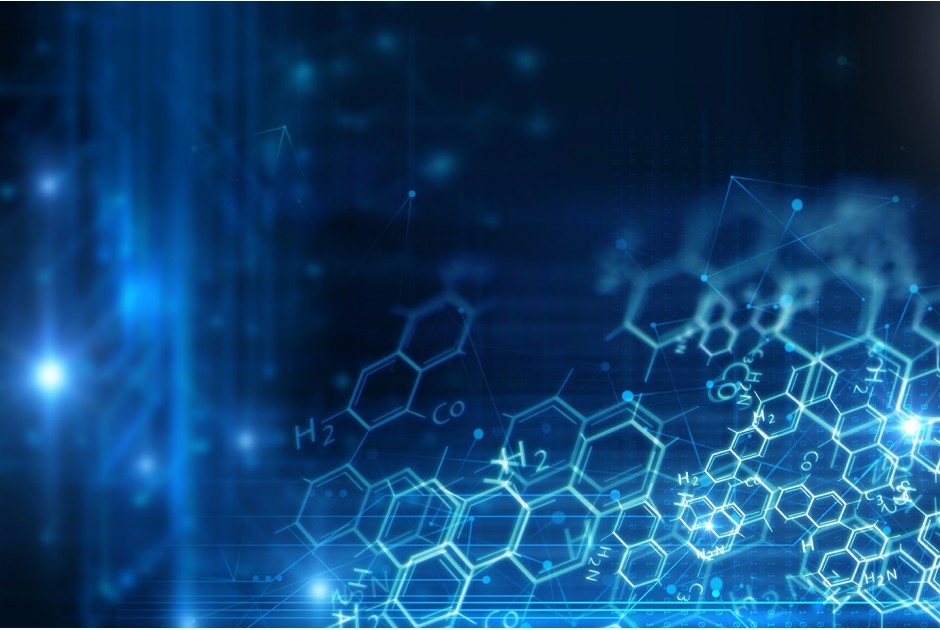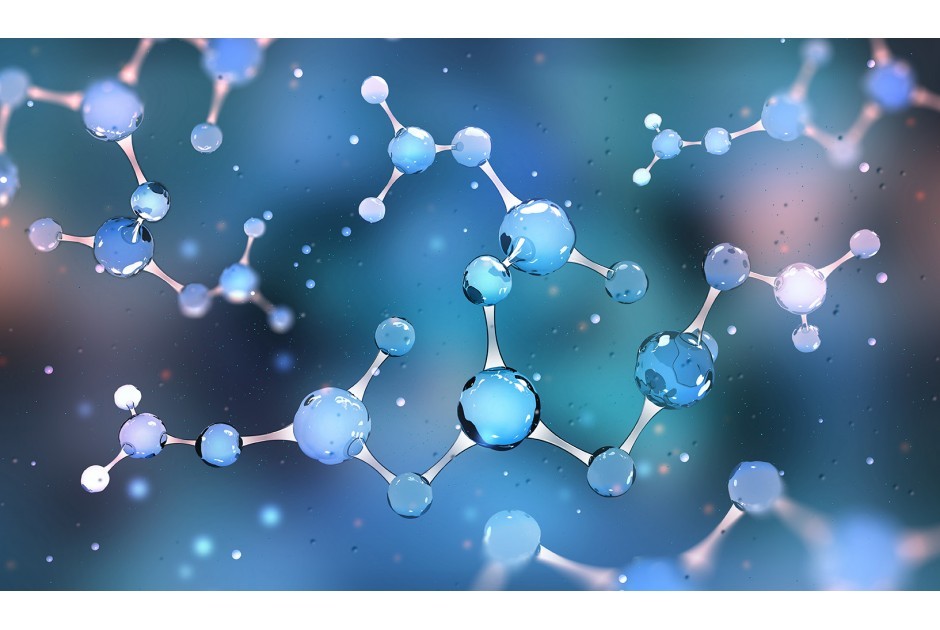CWA - Chemical warfare agent detection equipments
Chemical detection
Proengin

AP4C technology utilizes the flame spectroscopy process in order to detect different elements or compounds. Flame spectrometry has been used for many years due to its reliability, precision and accuracy.
Simply described, many elements emit light when exposed to an energy source. The wavelength of the light produced is specific and unique to the element or compound. As such flame spectroscopy is an extremely repeatable process. Astronomers have used this principle for centuries in to figure out the chemical composition of stars. We are doing the same with our detectors.
The real know-how of Proengin has been our capacity to use this science to identify certain elements or compounds of interest which are found in chemical agents, toxic industrial chemicals, and harmful precursor materials and be able to detect these materials simultaneously and at very low concentrations needed for proper detection of the most toxic compounds. An added benefit of our technology is we are able to do so in a small, reliable package. Many chemistry labs use flame spectroscopy machinery, but these machines are very large, heavy, and expensive. We have miniaturized this technology into a package that can be held in your hand. Unlike other detectors which are limited by their internal libraries which must be updated, our capability is built in. Different elements and compounds can be detected without the need for constantly changing libraries or software upgrades. An added benefit of our technology is that we are designed to operate in harsh environments so our technology is robust and can operate in challenging conditions including humidity, dust, altitude, and extreme temperatures.
History has taught us that the threats we face will constantly change.
As a result, first responders and CRBN technicians must possess equipment and know how in order to adjust and react to these constantly changing threats. There are thousands of different types of Toxic Industrial Materials that are transported on our roads, waterways and rail lines on a daily basis. These materials represent potential threats if put into the wrong hands or released due to accidental events or acts of nature. Traditional chemical warfare agents have recently been used by foreign adversaries and represent likely targets of opportunity for terrorist organizations. The emergence of new threats such as Pharmaceutical Based Agents (PBAs) like Fentanyl or 4th generation agents such as Novichok have been used in recent purposeful attacks. Take Novichok for example, which comes in many different variants and can be made in gas, liquid and solid forms; Novichok was recently used in two different, high-profile attacks. Many detectors are unable to detect the Novichok threats, don’t have it included in their present libraries, or are unable to detect it at the extremely small levels that are dangerous to humans. Our detectors are able to detect all versions of Novichok agents in any form (gas, solid, liquid) and have the ability to do so without the need for new libraries.


